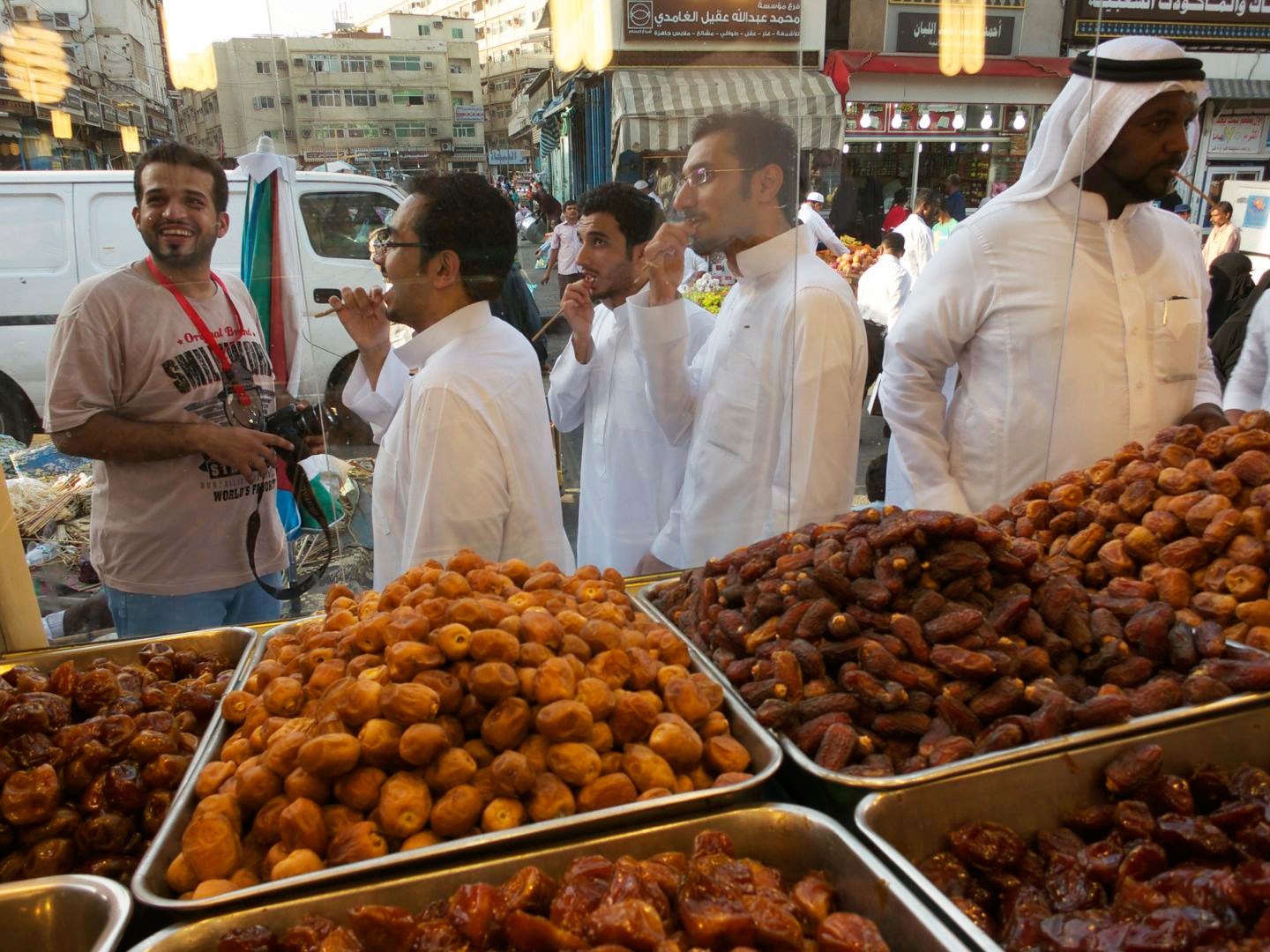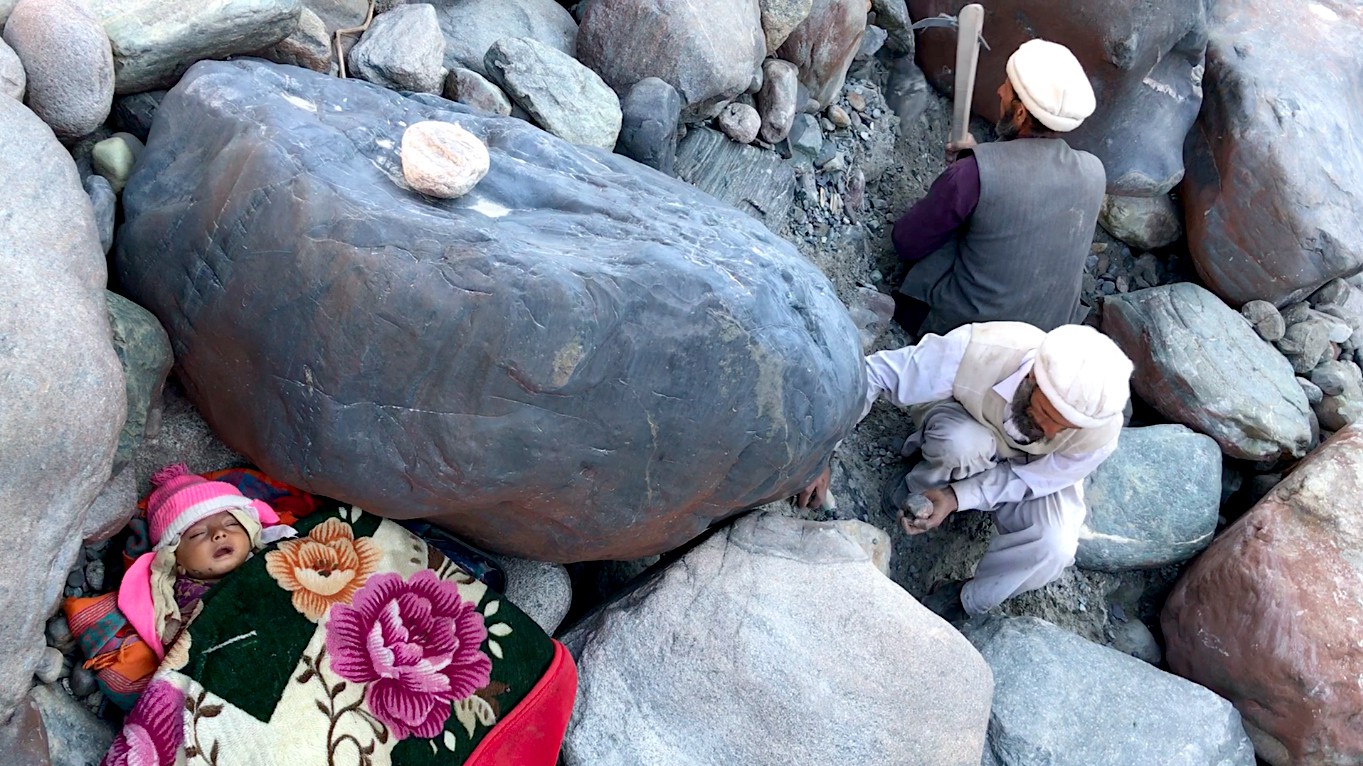This week we are working on the topic Out of Eden Walk. This is a website with multiple chapters and it is actually very interesting. But some may wonder what is the Walk Of Eden? According to the website https://www.nationalgeographic.org/projects/out-of-eden-walk/, it states how this walk was completed by, Paul Salopek’s It was a 24,000-mile odyssey is a decade-long experiment in slow journalism. Moving at the beat of his footsteps, Paul is walking the pathways of the first humans who migrated out of Africa in the Stone Age and made the Earth ours. Along the way, he is covering the major stories of our time—from climate change to technological innovation, from mass migration to cultural survival—by giving voice to the people who inhabit them every day. His words, as well as his photographs, video, and audio, create a global record of human life at the start of a new millennium as told by villagers, nomads, traders, farmers, soldiers, and artists who rarely make the news. In this way, if we choose to slow down and observe carefully, we also can rediscover our world.

The first chapter I am covering is Chapter 3: Autumn Wars–
This chapter explains what happens when you become a war refugee. This leads you to walk everywhere. This chapter states how In southern Turkey, one of the oldest farmed landscapes, Salopek meanders through pistachio orchards, Bronze Age ruins, and walled medieval cities. And he walks into one of the greatest humanitarian catastrophes of our time: tides of refugees from Syria’s civil war. Turning northeast, he passes through tense Kurdish villages en route to the Caucasus Mountains and a frigid crossing into Georgia—an oasis of stability in a turbulent region. From the capital, Tbilisi, Salopek sprints through Azerbaijan to the shore of the Caspian Sea. Central Asia and the ancient Silk Roads beckon. I think it is really cool that we can take a virtual tour with every milestone Paul came across at the time and be able to see the whole view of the exact place he was in as well.
When I looked more into this chapter on the website I was able to see the destinations that were crossed during the time of this chapter. For this chapter, he begins his journey on June 25th, 2014. He was in Limassol, Cyprus. Paul explains what Cyprus was like in such words, “Smooth, flat asphalt, and not a soul on foot. “Such is the inward loneliness of Europe.” Then on July 16th in the same year, Paul crossed over to Mersin, Turkey. Paul strikes out across Anatolia with a professional tour guide and a recalcitrant 22-year-old mule. Now on July 31st, 2014 Paul hit his twentieth milestone. This was one day 532 of the journey and he hit 1,900 miles.

The next Milestone that was established in this chapter is Milestone 21: Cyprus. This was one day 548 and the mile reached was 2,000. This is an interesting piece of what Paul had to say about his time at Cyprus, “The iron ship docks with a clang. There are beaches slathered with baking Russians, baking Brits. Then a port city. Then a checkerboard of olive groves, of yellow hay fields. Empty chalk roads that burn out the eyeballs. Boarded up villas. (The global banking crisis hit hard.) Marooned villages. Old Byzantine churches. The racket of cicadas only ratchets up the heat. Carob trees throw lead-colored shadows. Up in the dry hills above Pyla, an Indian tractor driver points the way north to the Turkish enclave. Sitar music twangs from his earbuds. Another new arrival. He turns soil that has been plowed for 9,000 years yet still gives. It has always been this way in Cyprus.” You can click here for the article.

The next milestone that was discovered in this chapter is Milestone 22: Back and Forth. This goal was reached on the day of 532 and mile 2,100. This milestone aboard THE M/F Bozcaaada Ferry, at the Mediterranean Sea. The video I listed below takes you on a virtual tour with the sound of the sea, and at a beautiful time of the day. Although there is one more goal to this chapter I thought the three that I chose were the most interesting to me.
Chapter 2: Holy Lands-
This chapter took place from May 2013 until July 2014. In this chapter we see Paul go from the desert expanses of the Arabian Peninsula, the walk heads north into holy lands that seeded the three great monotheistic faiths. In this chapter, we read about Sami’s World. As stated in the article Sami Nawar is the director of Al Balad, Jeddah’s famous historic district. He’s a compact, friendly, indefatigable man with 1,001 plans, schemes, projects, ideas. “This is the only city on Earth with this claim,” Sami says.

The author of this article wanted the audience to see that he came to Jeddah, Saudi Arabia looking for Eve’s grave. Paul did everything he could in his power to find this grave. There were many milestones and goals reached along the way. In the video below Sami gives the audience a quick rundown of why he is going on this journey and educates other people watching this video.
The last chapter I am covering is Chapter 5: Riverlands–
This chapter took place in Pakistan, India. The dates this chapter took place are February 2018 until October 2021. In this chapter we see Paul navigating a maze of waterways across fertile South Asia, the walk traverses an emerging center of global power. In this chapter, I deiced to cover the part about Gold Nomads of the Karakoram. Paul says Rivers in the glacial valleys of the Karakoram, the towering mountains of northern Pakistan, swirl ice cold and the color of slate. Along the banks of some of these remote waterways, patchwork tents huddle like flotsam. Inside the tents live nomad families who wander from current to current, panning the dark sands for glints of gold. These are the Stonewall.

The video I embedded below shows the living conditions, Paul lived in for the time he was in Pakistan. Along with how the people from Pakistan lived every day. It is sad to see how some of the children live in these conditions. No evidence links the Sonewal to the Roma people, as Brown suggested. But they still roam as before. Few of the surrounding townspeople marry into their ranks. Their children remain mostly uneducated.
Recent Comments